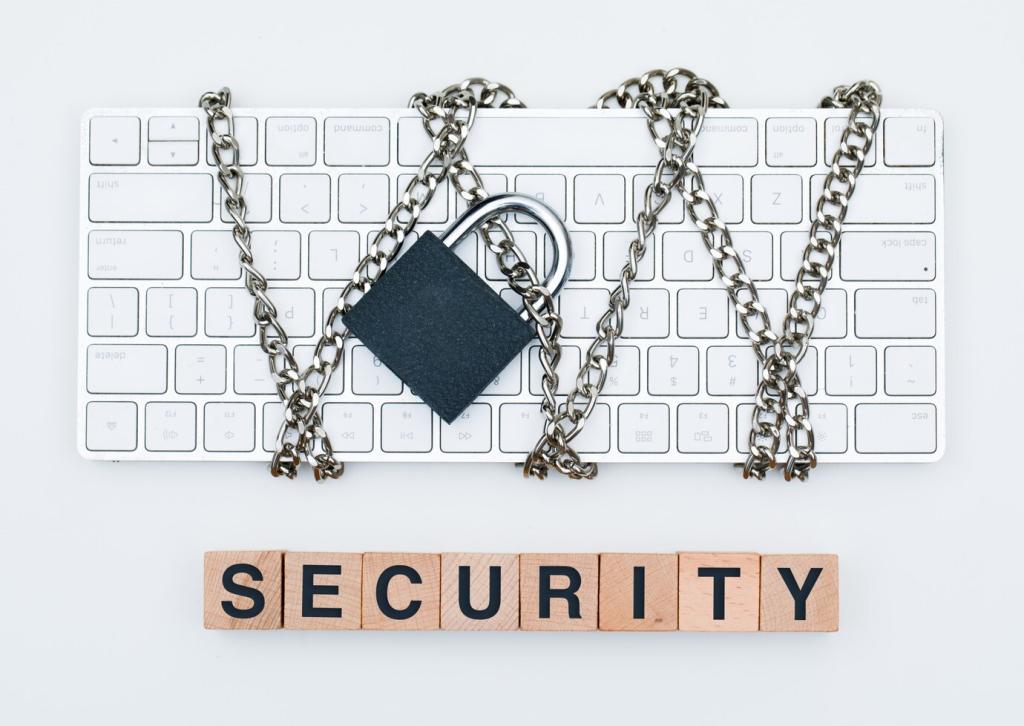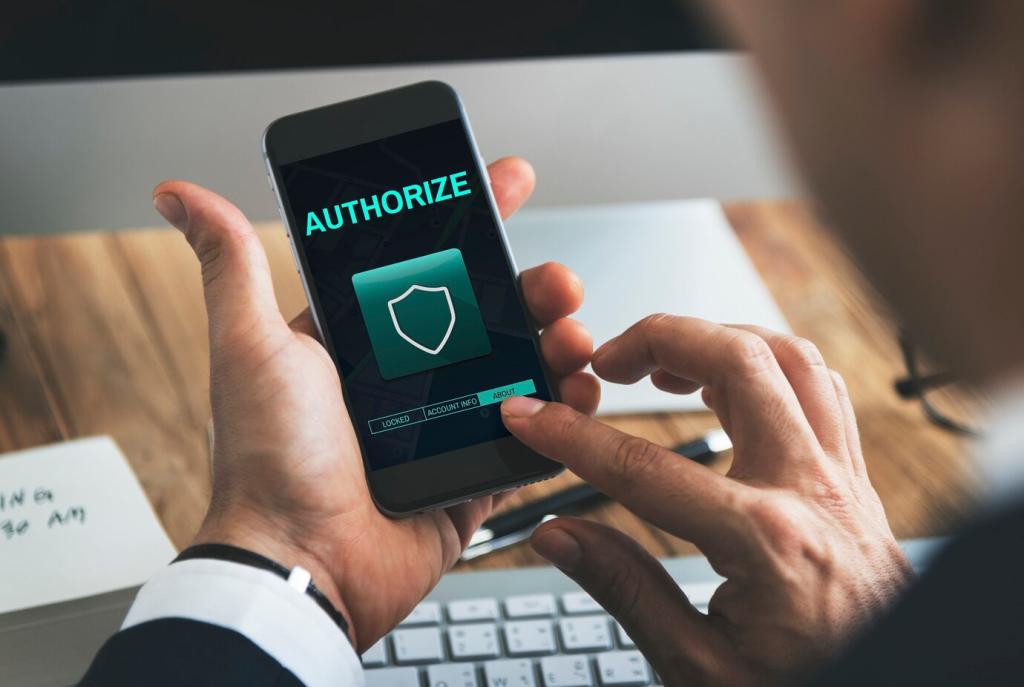Securing the Remote Workforce with AI: Practical Ways to Stay Ahead
Chosen theme: The Role of AI in Enhancing Remote Workforce Security. Welcome to a friendly, no-jargon walkthrough of how modern AI keeps distributed teams safe, productive, and resilient—without slowing people down. Join the discussion, share your experiences, and subscribe for weekly insights.

Why AI Matters for Remote Security Now
When your perimeter follows laptops, phones, and home routers, static rules fail. AI continuously understands patterns—logins, locations, device health—to spot subtle risks, like unusual access at odd hours from a previously unseen network.
Intelligent Identity: Continuous, Context-Aware Access
Typing rhythm, mouse movement, and navigation patterns form a unique behavioral signature. AI compares live behavior to history to catch impostors, even with a correct password. Done well, it feels invisible and radically reduces account takeover risks.

EDR that learns, not just logs
Traditional tools collect mountains of logs. AI learns normal process trees, network calls, and file behavior to flag genuine anomalies. That means fewer false positives and faster, focused investigations, even for small security teams.
Stopping ransomware at machine speed
AI catches telltale ransomware behaviors—mass file renames, encryption bursts, suspicious mutex creation—then isolates the endpoint automatically. Seconds matter when files are at stake, and automation buys your team precious response time.
Telemetry for tiny teams
Not every company has a 24/7 SOC. AI summarizes evidence, suggests next steps, and highlights likely root causes. It turns raw telemetry into action so lean teams can resolve incidents without drowning in dashboards and noise.



Protecting Collaboration: AI for Email, Chat, and File Sharing
Beyond spam filters, AI assesses intent: urgent wire requests, spoofed domains, and language patterns that mimic executives. Subtle warnings teach users what to look for, transforming every suspicious email into a micro-lesson in resilience.
Protecting Collaboration: AI for Email, Chat, and File Sharing
Fast chats help remote teams thrive, but oversharing happens. AI nudges users when sensitive data appears in channels, suggests safer spaces, and redacts secrets. Culture stays lively while guardrails keep intellectual property from slipping.

Data-First Security: AI-Powered Classification and Encryption
AI reads documents to spot personal information, financial records, or proprietary code—even when templates differ. Natural language processing adds nuance, recognizing context, industry terms, and risk levels that classic pattern matching often misses.



Governance and Trust: Building Ethical, Compliant AI Security
Explainable models build confidence
When AI blocks access or quarantines a file, show why. Clear reasoning helps teams learn and reduces friction with stakeholders. Explainability also speeds audits and strengthens collaboration between security, legal, and business leaders.
Regulations you should watch
From data protection laws to sector rules, compliance demands visibility and control. AI helps automate evidence collection and policy enforcement. Share your industry and we’ll highlight the regulatory threads most relevant to remote operations.
Metrics that matter to leadership
Move beyond blocked threats. Track time-to-detect, time-to-contain, user friction, and learning impact. AI exposes these leading indicators, tying security outcomes to business goals. Ask for our starter KPI sheet and benchmark your program.
